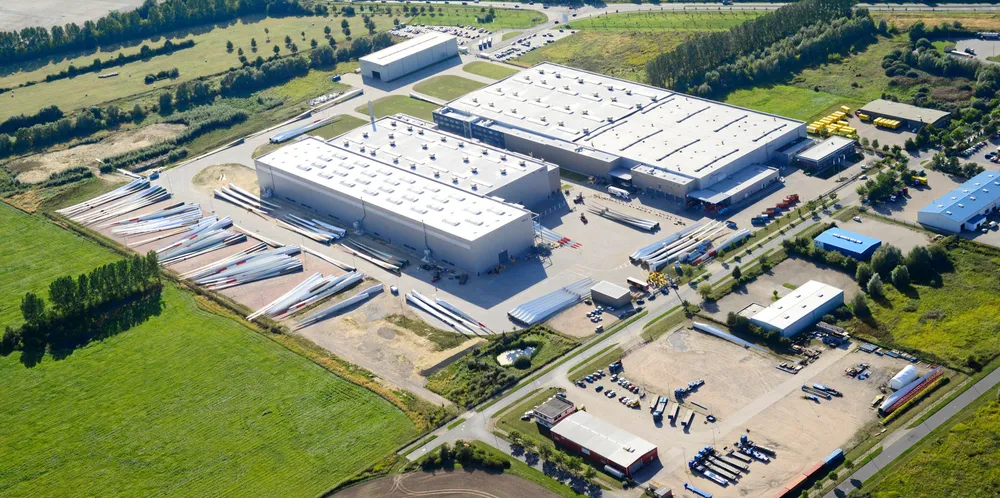The Recharge View | It's time for subsidies to rescue Europe's wind manufacturing industry
On a ‘black day for German renewables’ as Nordex shutters its Rostock blade factory, Europe's governments must act to protect an industry crucial for energy security, writes Bernd Radowitz
